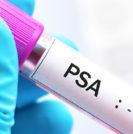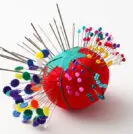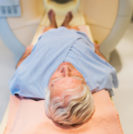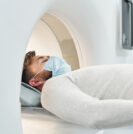Does mpMRI Miss Small Tumors? No Need to Worry, Says New Study

Multiparametric MRI (mpMRI) has sparked a revolution in prostate cancer (PCa) detection, diagnosis and image-guided treatments. Transrectal ultrasound (TRUS) does not even begin to compare with the anatomic definition and tissue characterization provided by high-resolution, 3D mpMRI scans. This breakthrough technology has been a godsend for patients in such areas as Avoiding unnecessary needle biopsies keep reading









